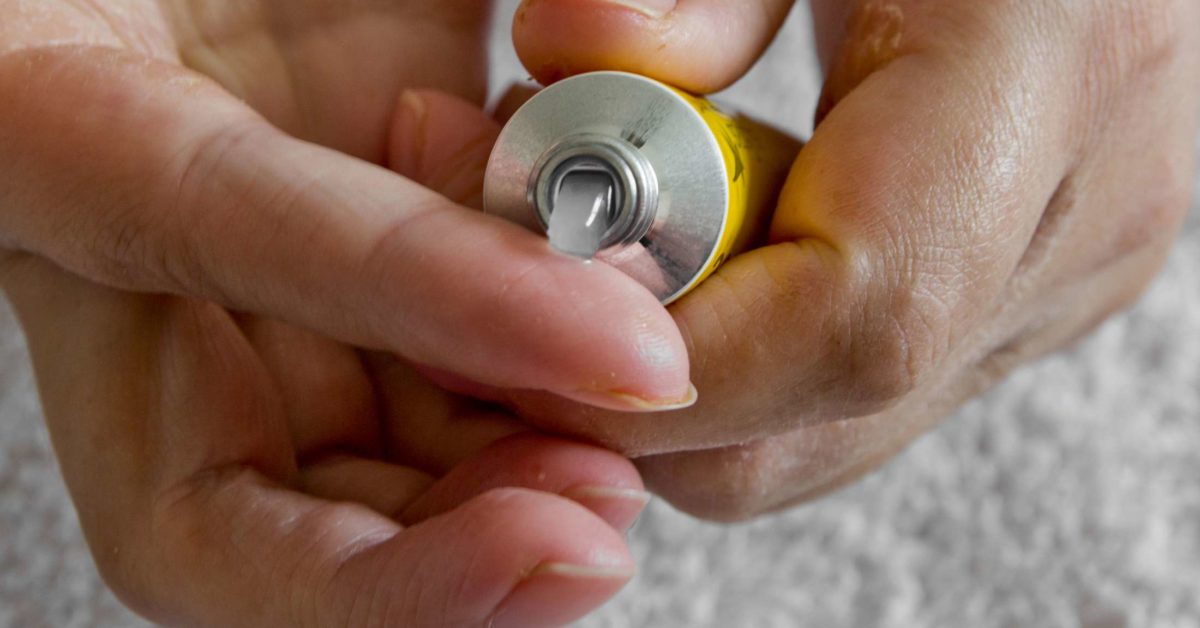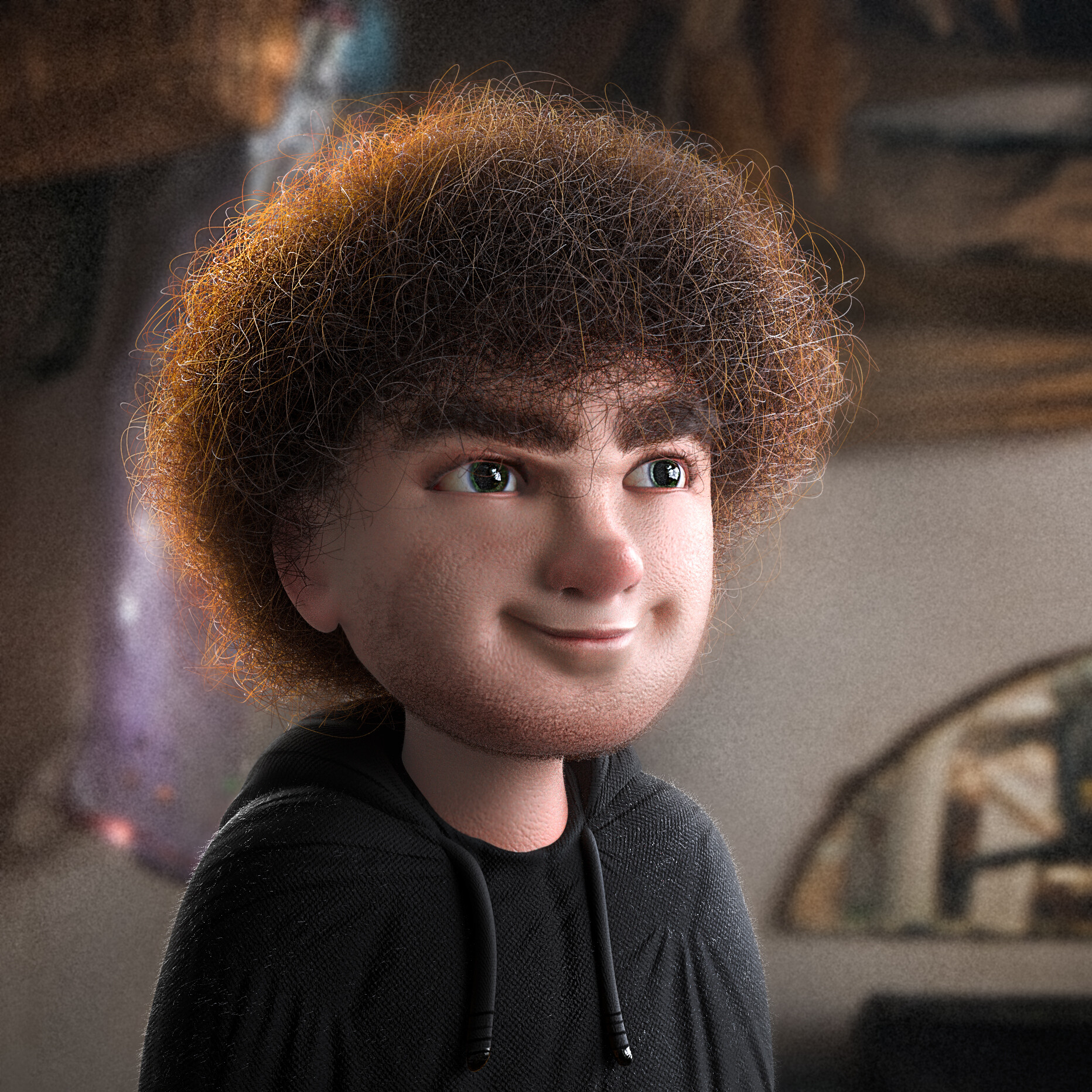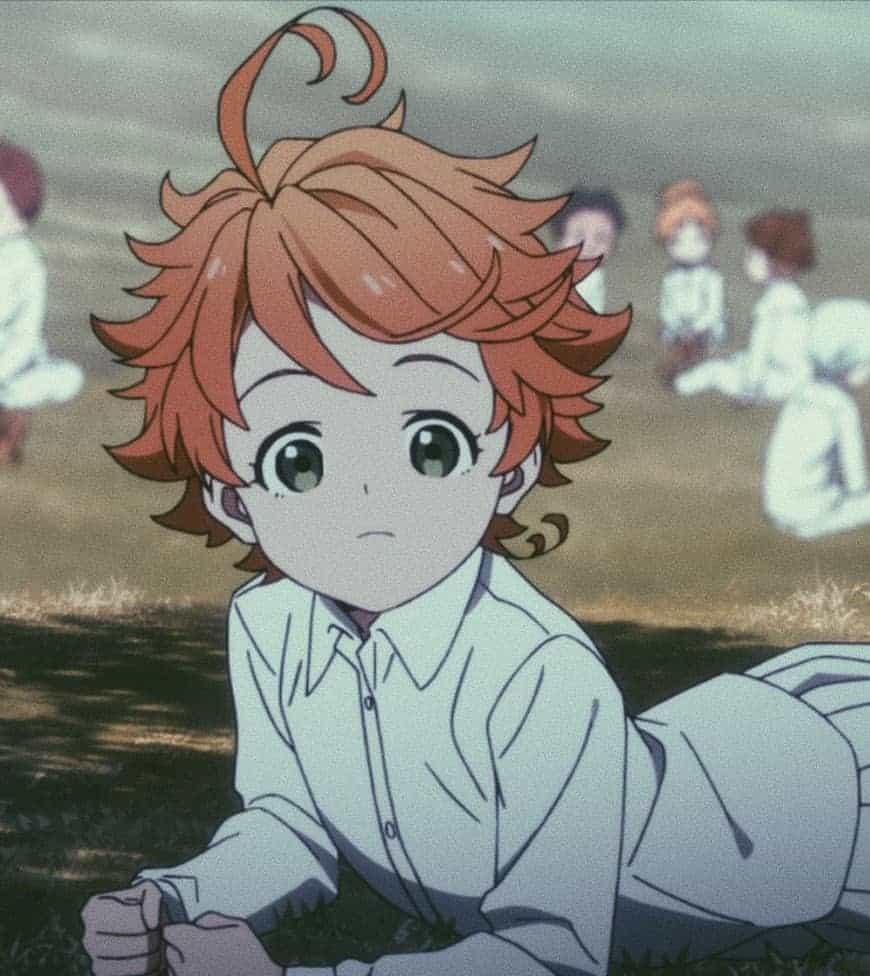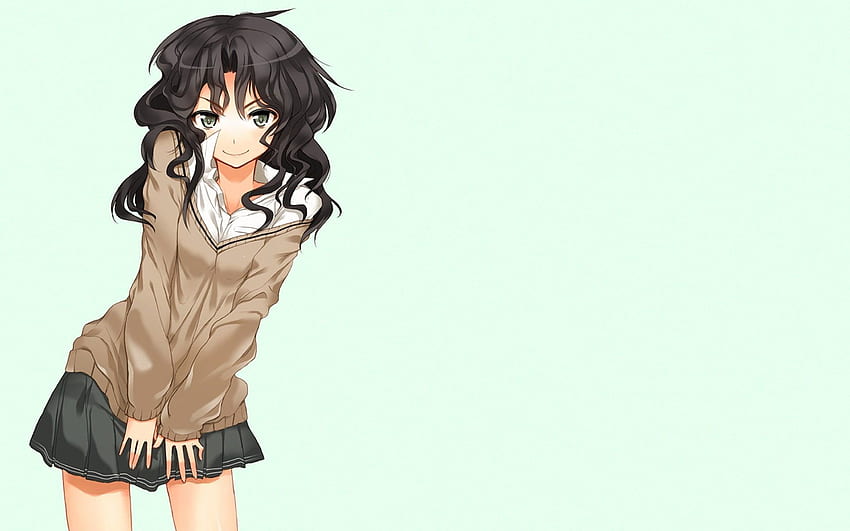Table Of Content
- What treatment options are available?
- Draining the bumps
- How to treat an ingrown hair on your scrotum
- How do you treat infected ingrown hair?
- Ingrown Hair Removal Video
- Other causes of the ingrown hair will include the following
- Charitable Care & Financial Assistance
- Ways to remove an ingrown hair on the penile shaft

Similar to using a warm compress, exfoliating the skin with a gentle scrub or loofah can help trapped ingrown hairs escape. Not all ingrown hairs become infected, and they usually resolve on their own in a few days. Staphylococcus (staph) infections can occur with an ingrown hair. Staph is typically present in your skin flora, but it can’t cause an infection unless it enters a break in the skin. Thus, there are various home remedies for ingrown hair treatment.
What treatment options are available?
To remove the bump, it can be drained by making a small incision or removing it surgically. Poor shaving, especially for young adults and teenagers, is the other common cause for the formation of an ingrown hair. The sharp edges may curl back into the skin or fail to protrude the skin completely growing underneath the skin and forming an ingrown hair.

Draining the bumps
Dr Pimple Popper removes oozing ‘third testicle’ from man’s body and It’s honestly grim - Metro.co.uk
Dr Pimple Popper removes oozing ‘third testicle’ from man’s body and It’s honestly grim.
Posted: Fri, 03 Jan 2020 08:00:00 GMT [source]
We’ll lay out the causes that you shouldn’t be concerned about, as well as the ones that might warrant a trip to the doctor. However, they often go away by themselves, and people can speed up the process by using warm compresses and gently exfoliating the area. As these nodules are cosmetic, doctors will only recommend surgery if they severely affect a person’s life.
How to treat an ingrown hair on your scrotum
The hair that grows back has a sharper edge, so it can more easily poke back through your skin and get trapped under the surface. Sometimes, dead skin can clog a hair follicle, which forces the hair to grow sideways under your skin rather than up and out. If you cut naturally curly hair too short, the sharpened end of the hair can pierce your skin, causing an ingrown hair.
How do you treat infected ingrown hair?

Doctors can use sterile needles to scrape or release the hair embedded into the skin, or you might be prescribed Retinoids to remove dead skin cells. Aloe Vera is the other very effective home remedy for ingrown hair or razor bumps. The soothing will provide an instant relief for itching and inflammation, the gel will also keep the skin moisturizing and speed up the healing process.
Here are some frequently asked questions about ingrown pubic hair. A doctor will examine the area and may prescribe an antibiotic ointment. For severe infections, they may recommend oral antibiotics. Hot tub folliculitis causes round, itchy bumps that may later develop into small pus-filled blisters.
Other causes of the ingrown hair will include the following
Don’t dig for the hair, as this increases the risk of causing or spreading an infection. If the hair is near the skin’s surface, however, you may be able to remove it by gently grasping it with sterilized tweezers. You may even notice the hair under the skin causing problems and is embedded there. This will make the accompanying symptoms disappear, too. You can help the process along with a simple home remedy.
Below and throughout this article we have provided images to help with visual guidance of how the bumps of ingrown hair appear. The appearance will vary from one person to the other depending on the underlying cause of the bumps. Using home treatments and having good hygiene can help reduce and prevent pimples on your scrotum. If the bumps look infected, a person should make an appointment with a doctor to get appropriate medical treatment.
However, a doctor can make a small incision to free the trapped hair or drain cysts if a person wishes. A person with an ingrown hair or resulting cyst should avoid scratching, picking, or squeezing it. An ingrown pubic hair cyst can develop anywhere in the pubic area.
It may result, for example, from removing hair from the bikini line. An area with ingrown hairs may have little reddish bumps that may itch. It might be possible to see the hair trapped within the skin.
They can swell if they get infected, making them larger and more irritating or painful. Pimples develop when dead tissue or oil gets stuck in your pores, causing a blockage. This allows bacteria to grow and fill the pore with infected pus. Infected pus is what makes the head of a pimple appear white. If the ingrown hair doesn’t go away on its own or you’re constantly dealing with a number of ingrown hairs, see your doctor for a full diagnosis.
The complication is in two way, with poor shaving the hair strand can become sharp at the tip, it could curl back and start growing inwards into the skin. The other way of formation is, cutting the hair to close to the skin thus damaging the pores or hair follicles. In some cases, you may be able to see the hair at the surface of the bump. Ingrown hair cysts commonly form on the parts of the body that people shave, such as the armpits. Razor bumps from shaving (pseudofolliculitis barbae) are a type of ingrown hair cyst.
They don’t usually cause any pain or result in any development of cancerous tissue. Idiopathic scrotal calcinosis (SC) is a rare condition in which large, discolored, lumpy bumps grow on the outside of the scrotum. See a doctor right away if you believe you have testicular cancer. The sooner it’s treated, the more likely it can be removed and stopped from spreading. But some bumps may be a sign of an underlying condition.
A bump under scrotum can also be said to be a blind pimple. Also referred to as a closed come-done, or an under the skin pimple, a blind pimple is a deep bump with no head. A painful bump under the scrotal skin can thus be this kind of pimple. The best way to handle this kind of pimple is to avoid popping them.
Make small, circular motions to wash the affected areas with a washcloth, exfoliating brush, exfoliating gel, or scrub. However, if a bump becomes too itchy or painful, there are a variety of home remedies that people can use to help them heal. Genetics can also play a role in the development of ingrown hairs—yes, including downstairs. If you have a coarse or curly hair type, you may be more likely to experience ingrown hairs because the hair naturally curls inwards. If the hair hasn’t released itself from the skin after a week of home treatment, talk with a doctor or other healthcare professional.
They can remove the hair using a sterile needle and prescribe an antibiotic cream to help prevent infection. When the hair is cut incorrectly, it can curl under and begin to grow back into the skin, causing a swollen, red bump and irritation. If an infection develops and worsens, you may need medical treatment.














